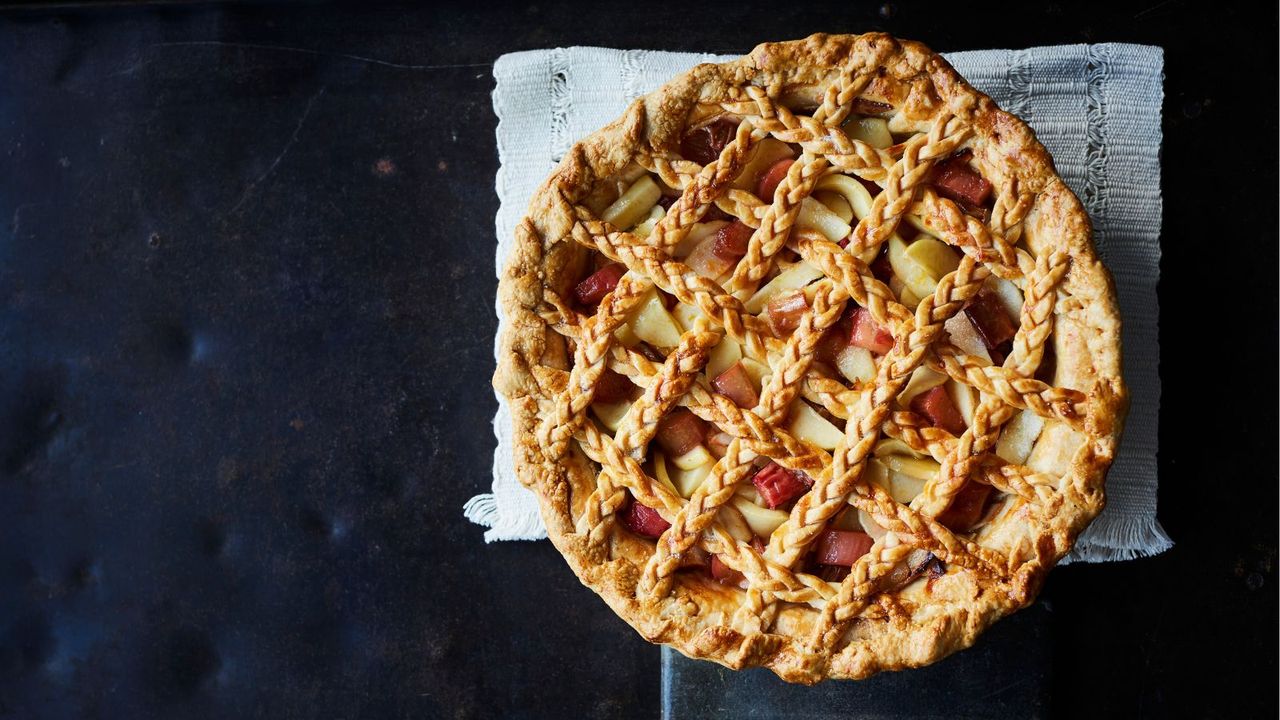
When the harvest season comes around, I can't think of a more crowd-pleasing dish than a classic pie. Whether sweet or savory, it's a fall staple – but knowing how to make a pie crust that's of professional bakery standard is a regular question.
I'm collecting plenty of slow cooker ideas for fall batch cooking, so now's the time to start practising how to make a perfect pie crust with Thanksgiving coming up.
It's tempting, of course, to choose a store-bought option, but I'm determined to take on the challenge of making it myself. It's simply a matter of avoiding a few common blunders – so I've asked experts for their advice on the pie crust mistakes I need to avoid and how to get it right every time.
1. Not preheating the oven

Every pie crust recipe begins with one vital piece of advice: don't forget to preheat your oven. While it sounds simple, it really does make all the difference.
'High temperatures are important for making pie crust: think 375-400°F, says Candace Foster, pastry chef at Bayonet restaurant in Birmingham, Alabama. 'High heat is what seals the exterior of the pie crust so it holds its shape and shrinks less. Think of it like baking homemade biscuits or scones: the high temperatures create a nice crusty golden exterior, while the interior is working to create the flaky layers in between.'
2. Using warm ingredients
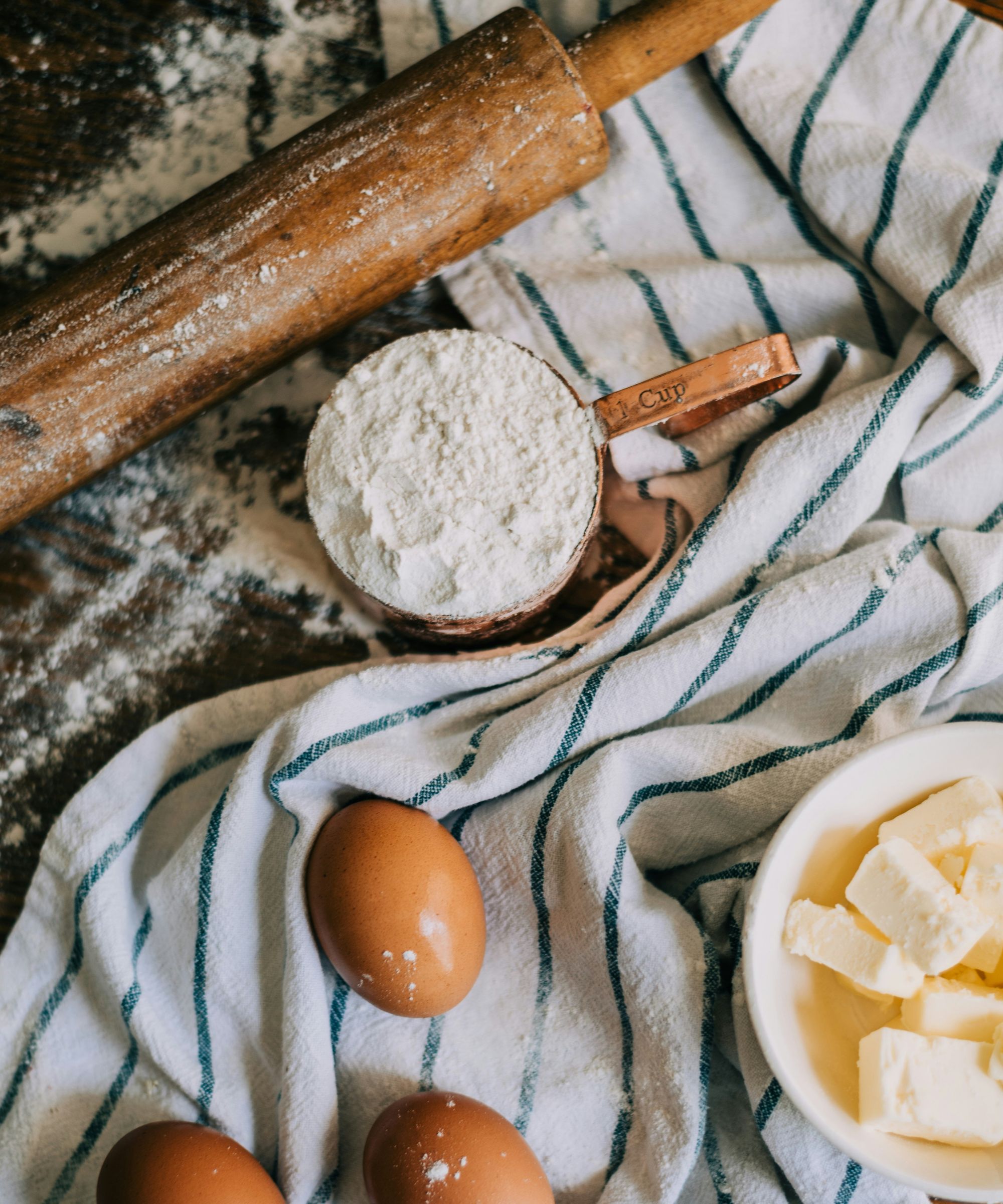
While your oven should be piping hot, your ingredients themselves need to be ice cold to produce the best results.
'Either cut your butter into small chunks and freeze them, or freeze sticks of butter and then shred each one using a cheese grater or food processor attachment,' explains Michael Galindo, executive pastry chef at Indaco in Greenville, South Carolina. 'You'll want to use ice water, too – the colder the better. Fill up a pitcher with ice and water and put it in the freezer until it’s time to add the water to the dough.'
3. Adding liquid too quickly
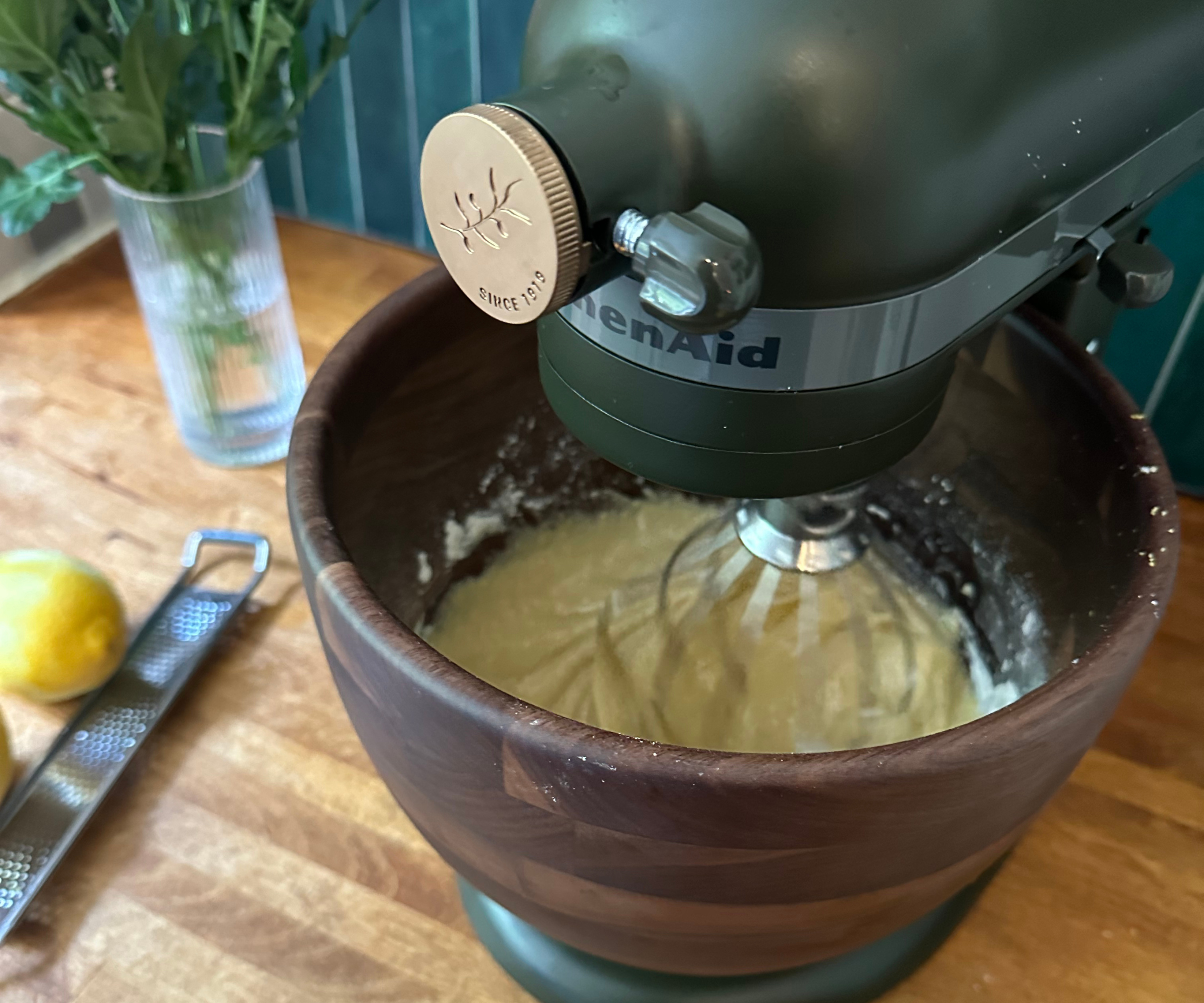
After waiting for the water to chill, I'm usually inclined to speed up the dough-making process and start mixing – but patience is key.
'Add your liquid a tablespoon at a time,' recommends Joanne Gallagher, recipe creator and co-founder of Inspired Taste. 'Too much or too little can throw off the balance, so mix gently and keep an eye on the texture.' I always aim for a cool, pliable dough that's neither crumbly nor sticky.
4. Overworking the dough
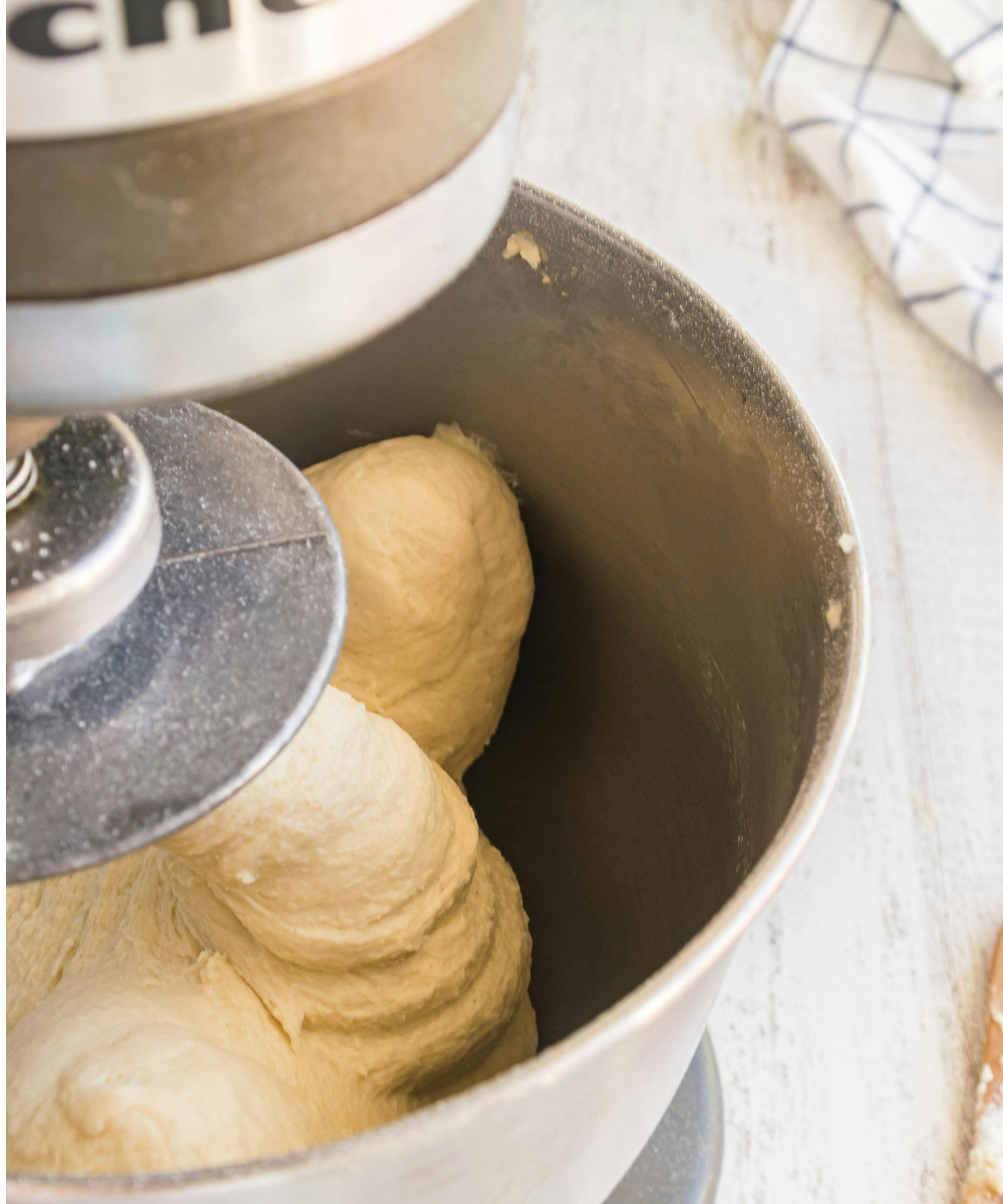
Investing in one of the best stand mixers is a great start but you still need to know how to mix pie dough properly.
'The biggest mistake people make with pie crust is overworking the dough,' confirms Kelly Jacques, co-Owner and chef at Ayu Bakehouse in New Orleans. 'It’s perfectly alright for there to be noticeable bits of butter; in fact, they will lead to flakiness. The rolling and shaping process is what works the butter in.'
'Working the dough too much means you’re practically kneading it as you would for making bread, which creates gluten, which is what creates a stretchy and chewy texture,' adds Candace. 'You want your pie dough to be the opposite: short, crisp, and crumbly or flaky.'
5. Skipping the cooling time
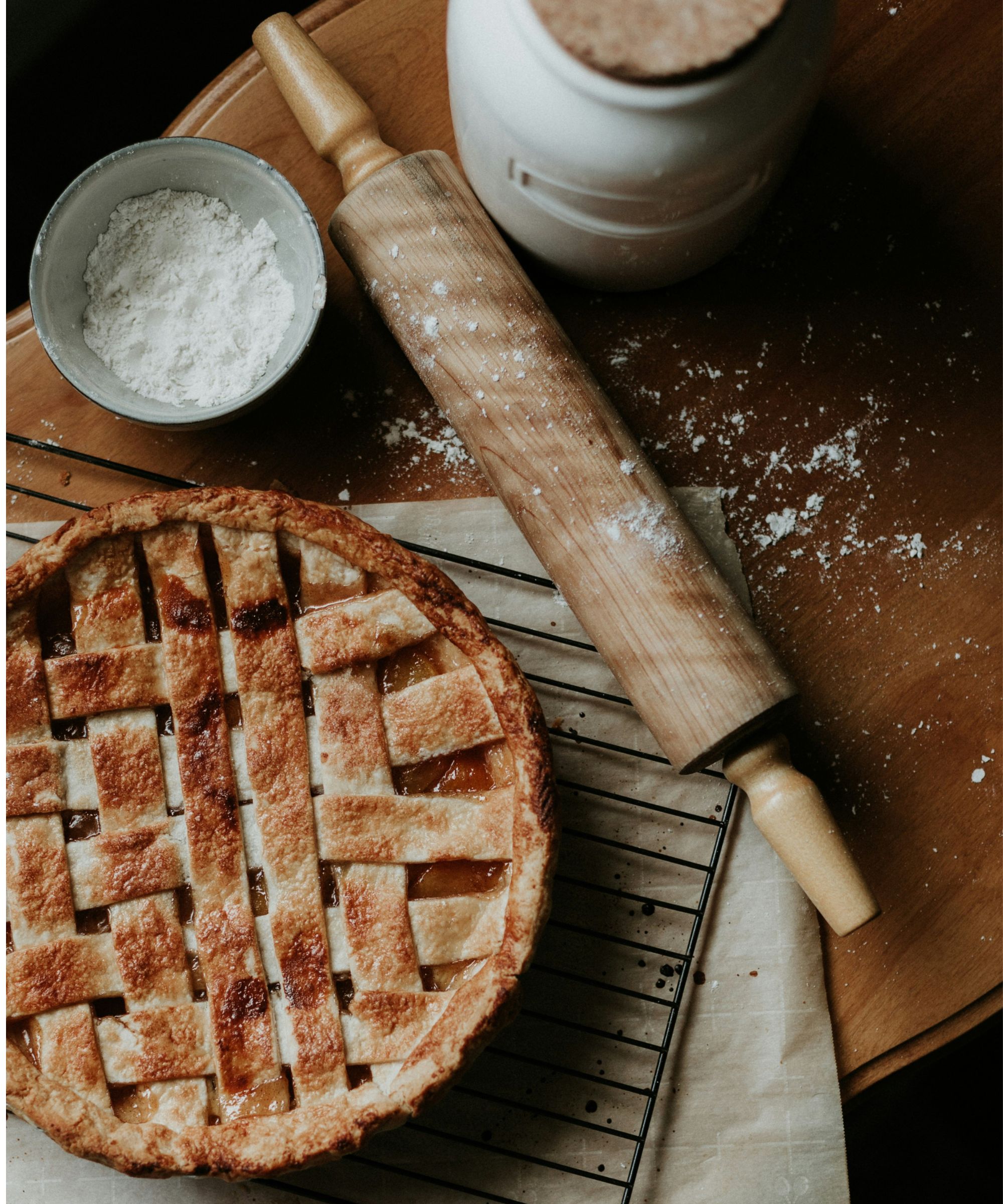
If you want to know how to make the very best pie crust, you'll need to set aside plenty of time for your dough to rest and chill, both before it's rolled out and placed in your pie dish and then again before it goes in the oven.
'The dough should be very cold, like butter straight from the fridge, because that instant reaction of cold with the heat of the oven is what melts the butter in the dough,' explains Candace. 'This will then create steam pockets that rise and fall, which is what produces those flaky layers. If the dough is soft or warm going into the oven, the butter will not react in the same way.'
Meanwhile, cooling your pie after baking is just as important. According to Ron Silver, chef and owner of Bubby’s restaurant in Tribeca, 'it's best to let a cooked pie cool for at least 4 hours before you cut it.'
Shop the perfect pie crust making kit
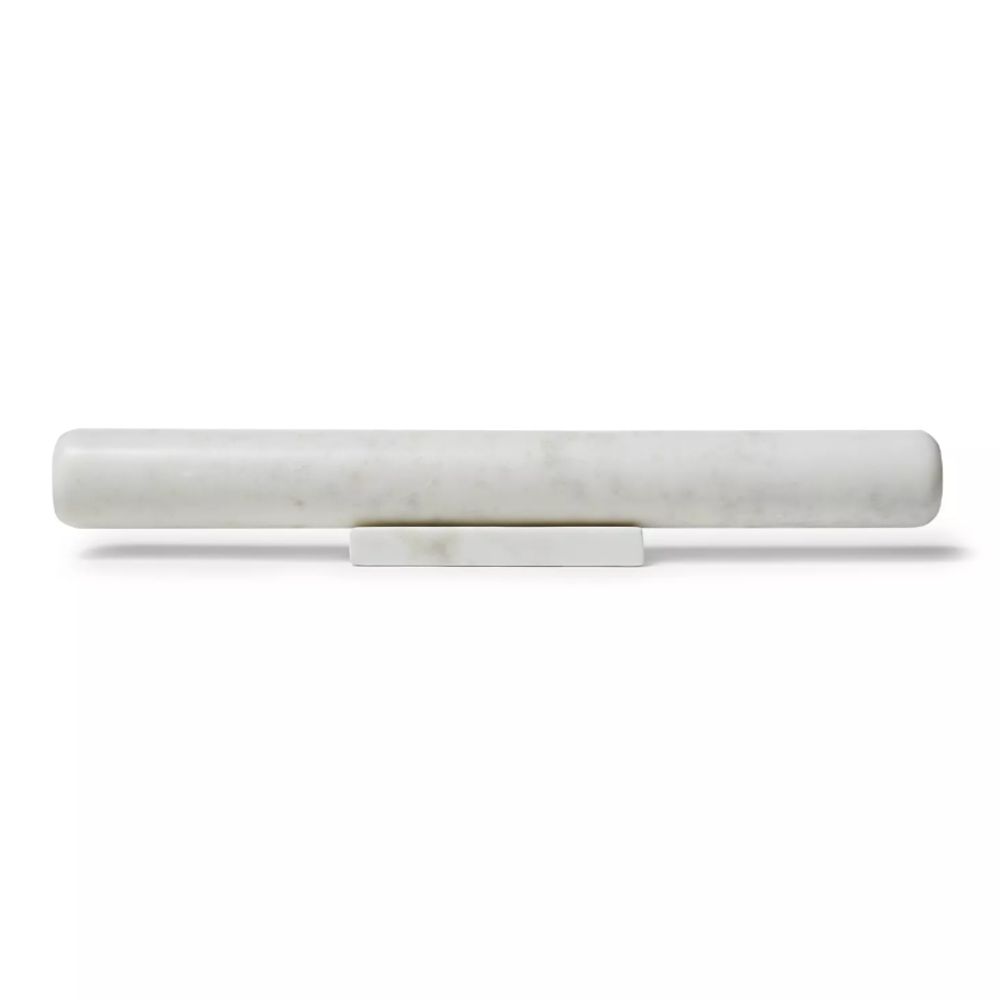
A marble rolling pin is ideal for pie dough as it doesn't aborb fats and keeps the dough cool – you can even chill it in the fridge or freezer for about 20 minutes before use.
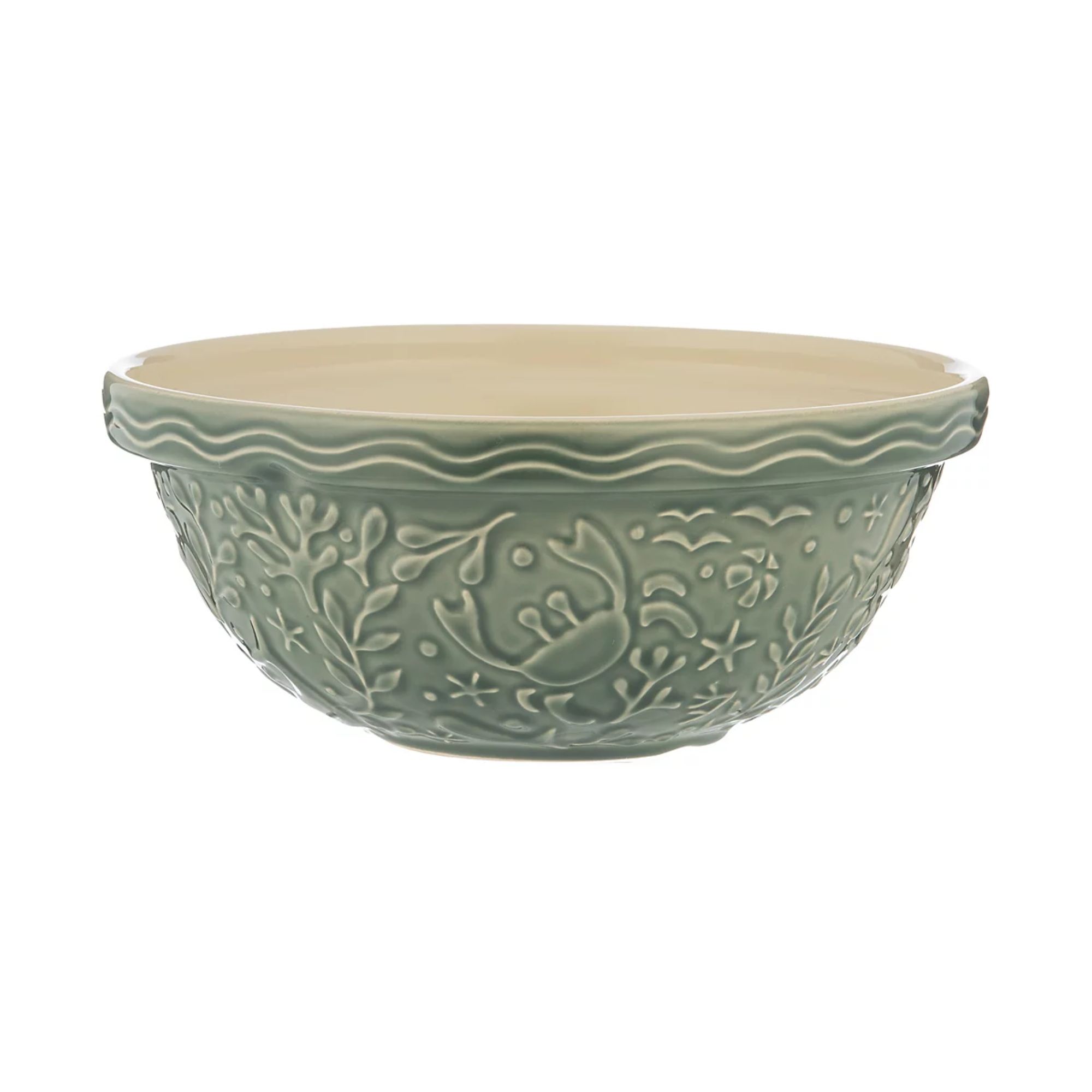
A classic Mason Cash mixing bowl is a baking essential and this embossed design and sage shade is sure to bring some cottagecore charm to your countertops.
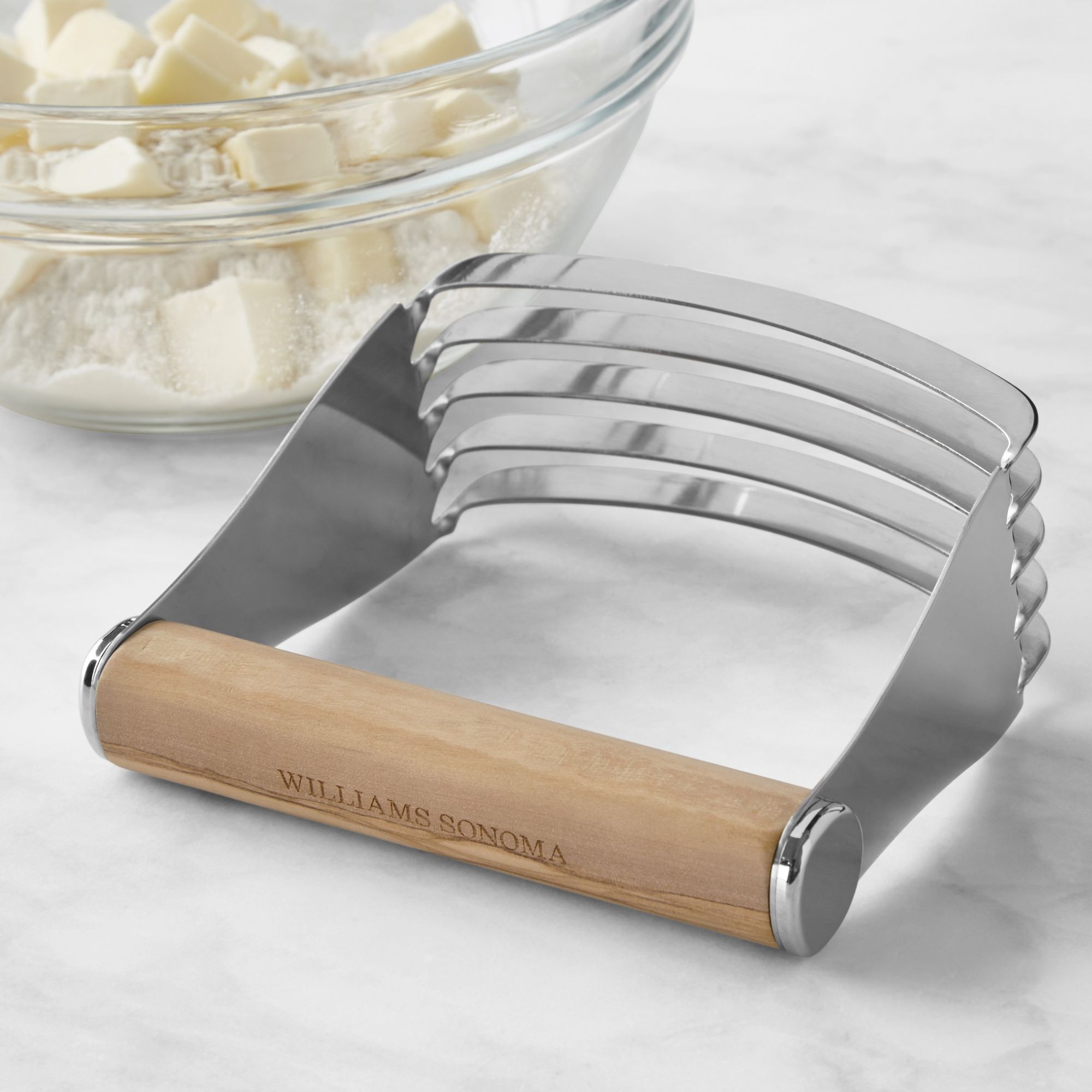
A pastry blender is a brilliant tool in any baker's arsenal, and this one is particularly smart – I love its olivewood handle.
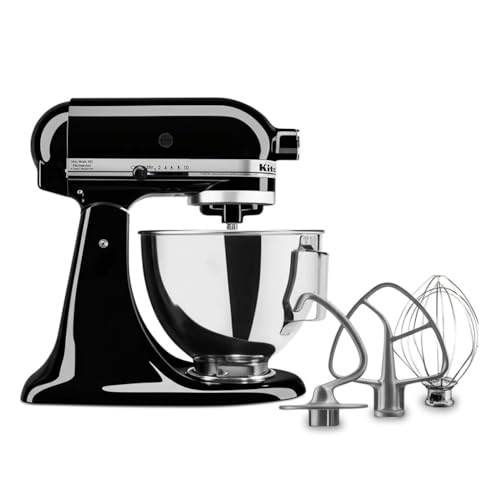
If you don't fancy mixing your dough by hand, one of the best KitchenAid stand mixers will always be a worthy investment. Our tester says that this model is the best value.
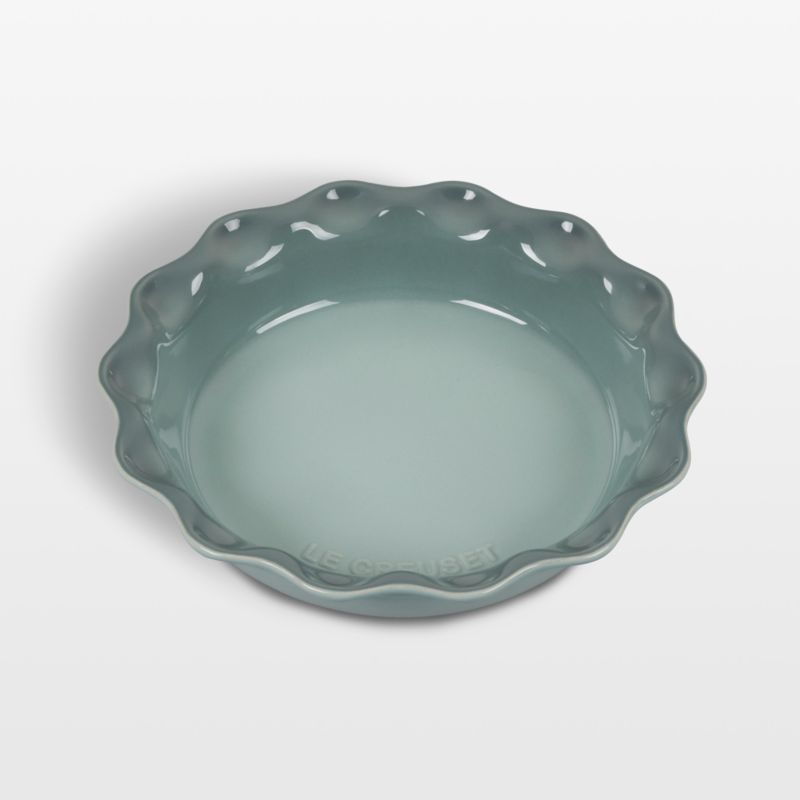
Nothing excites me more than the thought of bringing a freshly-baked pie to the table in a Le Creuset dish, and I know my guests will be just as thrilled. I'm a big fan of this gorgeous green shade for fall, too.
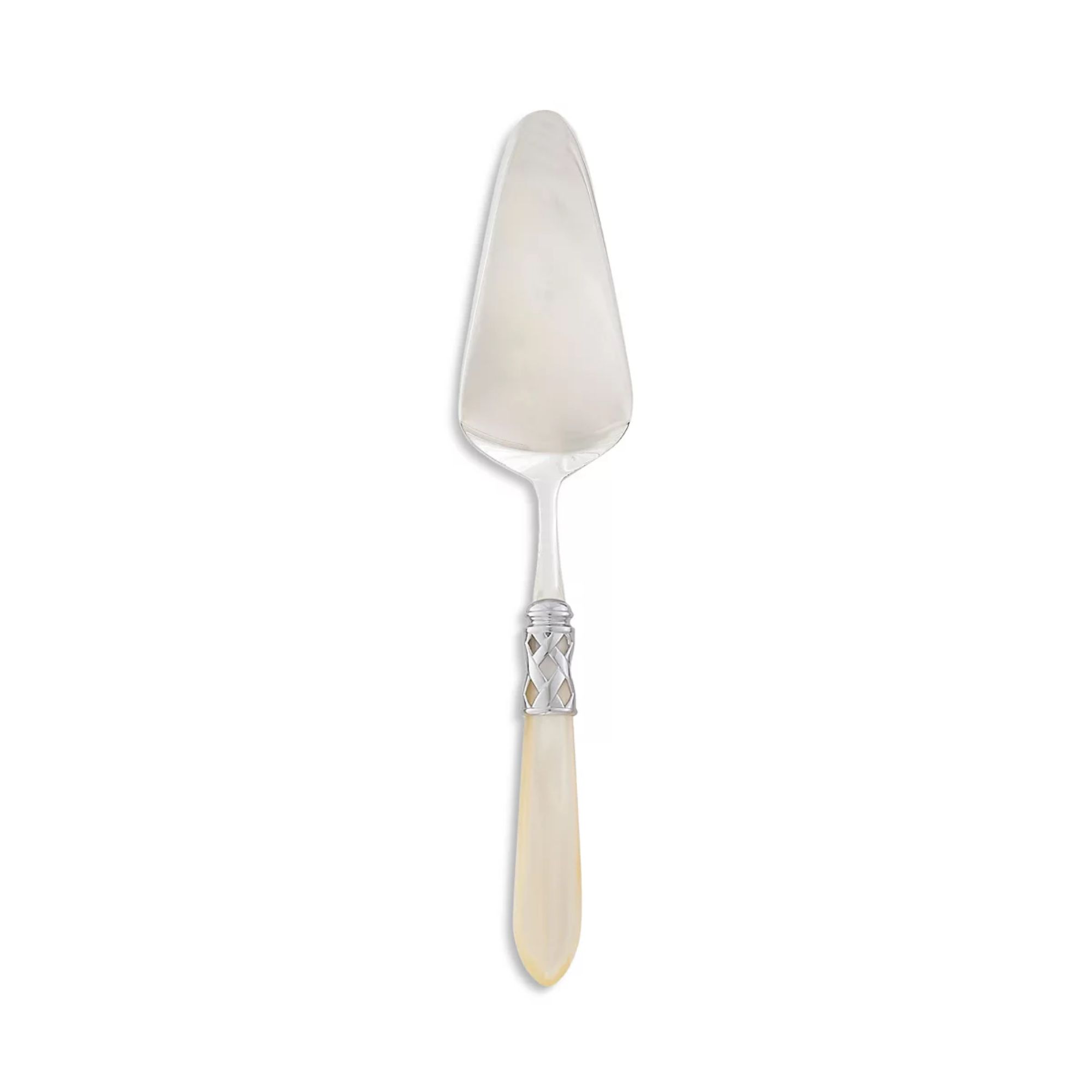
This pretty pastry server is utterly charming. The intricate detailing on the base really caught my eye and will be sure to make an event out of serving pie at the table.
Practising my pie crust will stand me in good stead for harvest season hosting – and it will also help me make the perfect American pot pie. Fall dinners are about to level up.







